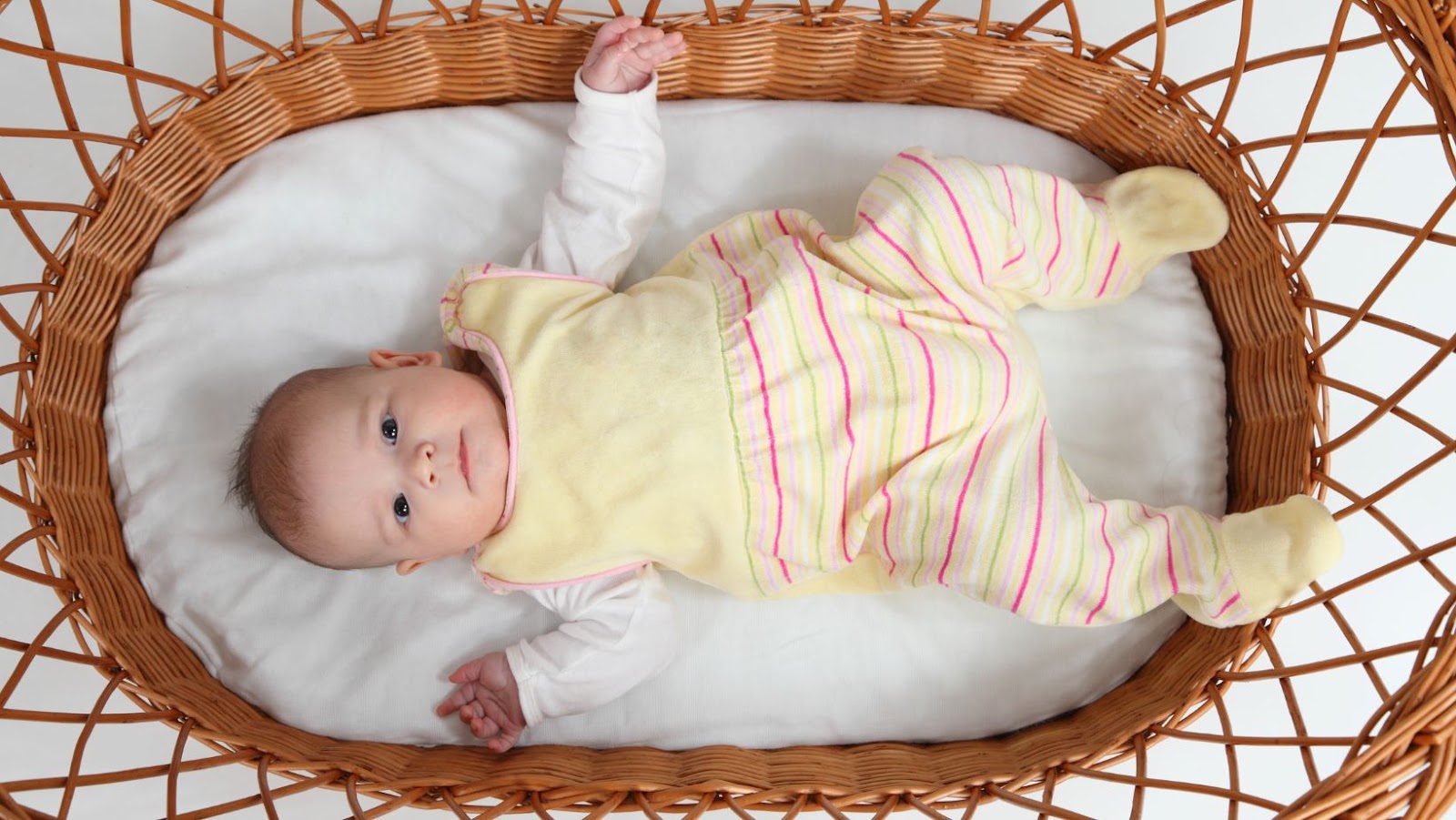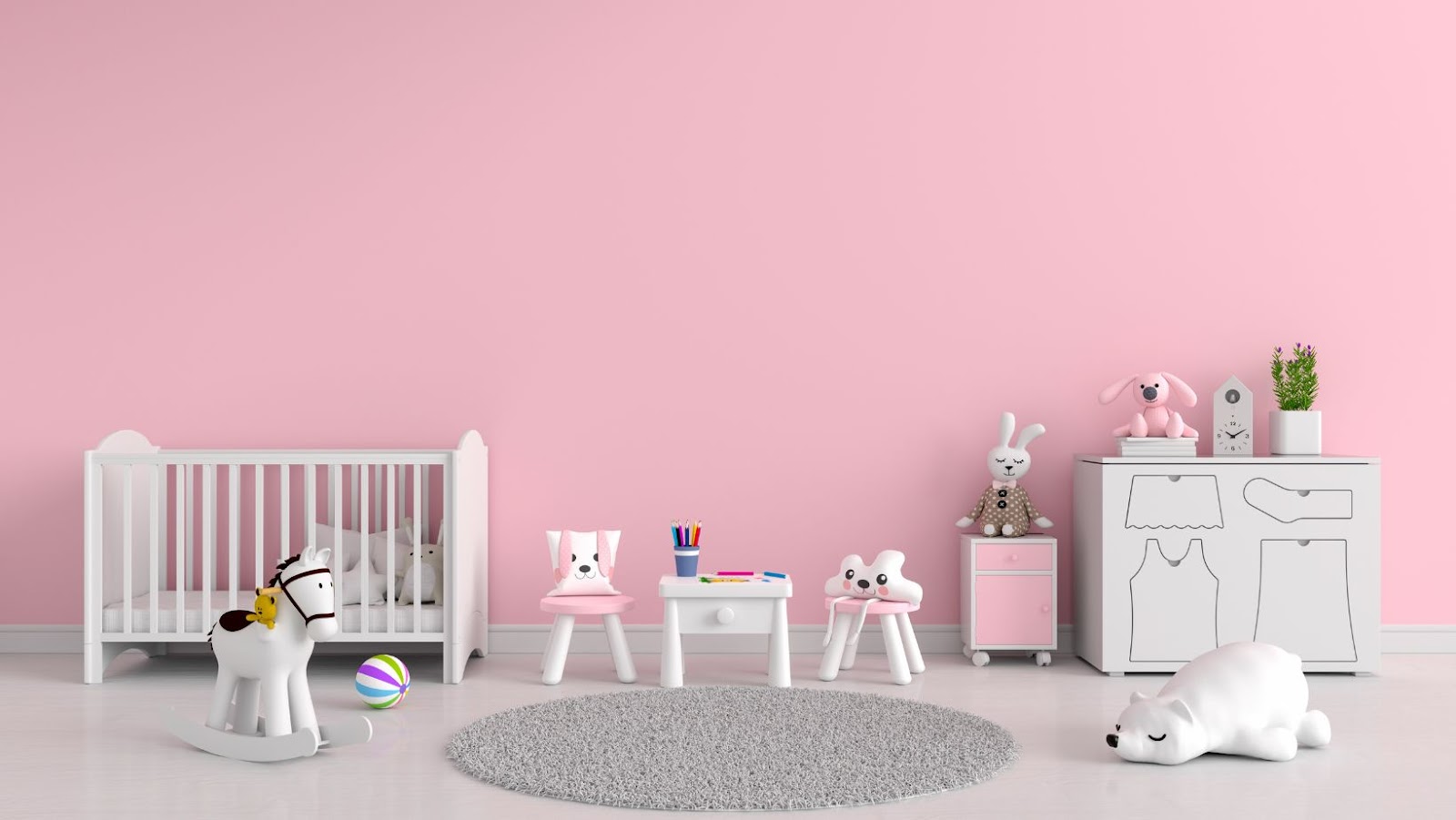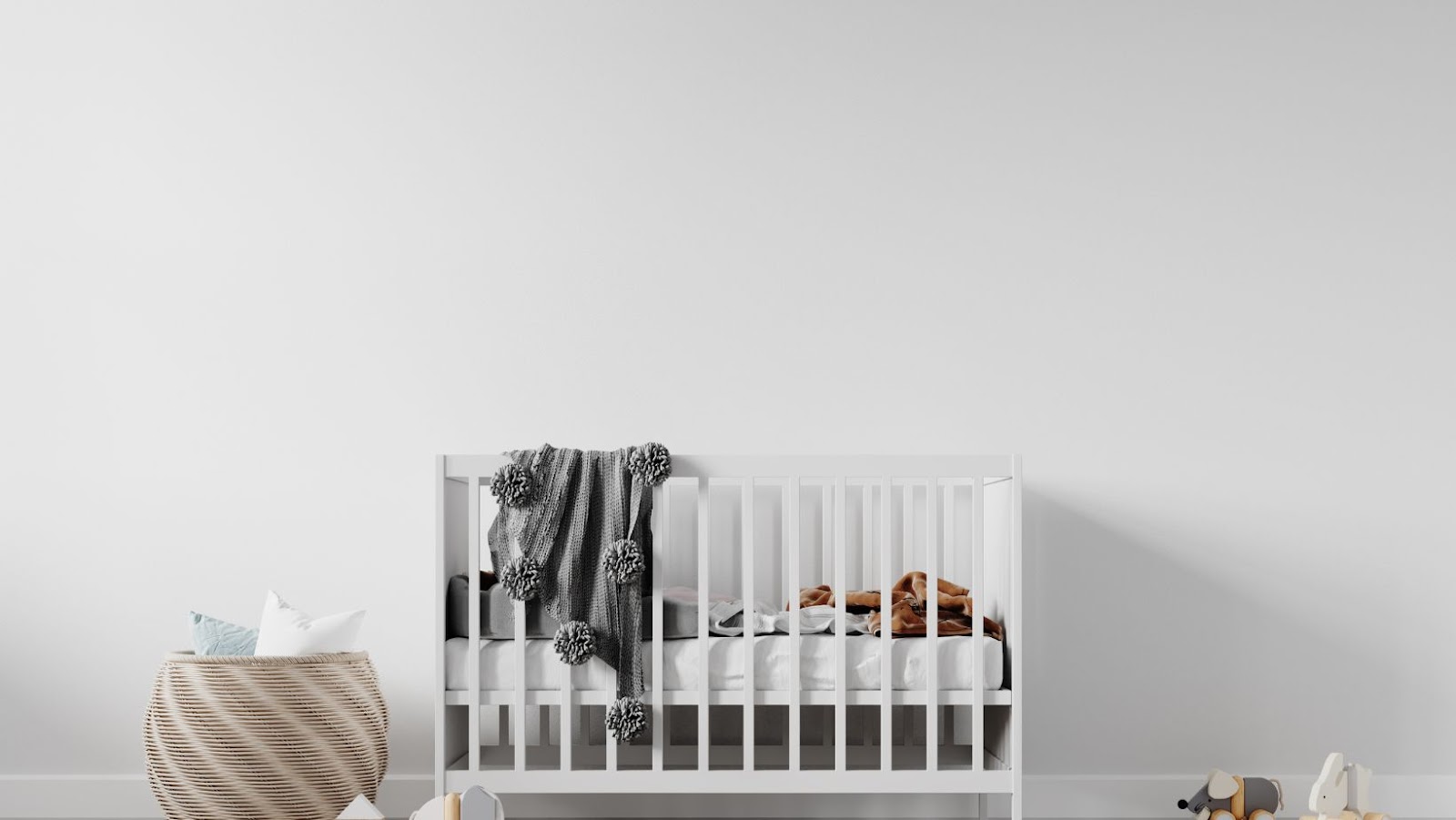If you’re a co-sleeper and considering transitioning your baby to a crib, it can be daunting. But rest assured, and it’s a common practice that many parents have successfully navigated. While there are different methods to move your baby from co-sleeping to a crib, there are a few essential tips that can ease the Transition.
First, make a gradual move. Start by placing the crib next to your bed and let your baby nap in it during the day. This helps your baby get familiar with sleeping in the crib while still feeling close to you. Once your baby is comfortably napping in the crib, you can try putting them to sleep in it at night.
Another trick is to establish a bedtime routine that centers around the crib. For example, you could start with a warm bath, a story, and then lay your baby down in the crib. This starts to create a predictable sleep environment, making it easier for your baby to fall asleep.
Finally, be patient and persistent. It may take several nights for your baby to get adjusted. If your baby fusses or cries, resist the urge to immediately bring them back into your bed. Instead, try to comfort them while still in the crib. Over time, they’ll start to associate positive sleep experiences with the crib, making the Transition smoother.
By following these simple tips, you can make the Transition from co-sleeping to crib a successful one. Remember, every baby is different, and it may take a few tries to find what works best for you and your little one.

How to Transition Baby from Co Sleeping to Crib
Making the decision to move your baby from co-sleeping to a crib can be a difficult transition for both you and your baby. However, there are some signs that may indicate when it’s time to make the move. Here are some things to look for:
- Age: the recommended age to transition from a co-sleeping arrangement to a crib is around 6 months. By this age, a baby is typically able to sleep for longer stretches and has outgrown the need to eat during the night.
- Size: if your baby has outgrown their bassinet or bedside co-sleeper and doesn’t have enough space to move around comfortably, it may be time to switch to a crib.
- Independence: if your baby has started showing signs of independence, such as rolling over or sitting up on their own, it may be a good time to transition to a crib where they can move around safely.
- Sleeping habits: if your baby is sleeping fewer hours than usual or is waking up more frequently during the night, it may be time to transition to a crib. A crib provides a separate sleeping space for your baby and can help improve their sleeping habits.
- Mood: if your baby seems to be more irritable or restless during the night, it may be a sign that they no longer feel comfortable sleeping in your bed or in a co-sleeper.
When you notice these signs, it’s time to start preparing your baby for the Transition to the crib. There are various transition methods you can use, including placing the crib in your room for a few nights or gradually reducing the amount of time your baby spends in your bed.
Transitioning your baby from co-sleeping to a crib can be challenging, but by paying attention to these signs and using a gentle transition approach, you can help your baby develop healthy sleep habits and encourage independence.
Tips for Making the Transition from Co-Sleeping to Crib Easier
Transitioning your baby from co-sleeping to a crib is a big step, but it can be beneficial for both you and your little one. Here are a few tips to make the Transition easier for both of you.
Start Small
Gradual Transition can make the change less overwhelming for your baby. You can begin by placing the crib next to your bed and letting your little one sleep in it for naptimes. Move the crib a little farther away from the bed with each nap until it’s in another room.

Create a Comfortable Sleeping Environment
Make the crib comfortable and inviting for your baby. Ensure that the sheets are clean, the mattress is firm, and the room temperature is comfortable. Playing some background noise, such as white sound, lullabies, or a fan, can help your baby feel calm and relaxed.
Develop a Bedtime Routine
A predictable bedtime routine is essential for babies to sleep. As part of your routine, make sure to include some winding-down activities such as bath time, a bedtime story, or lullabies while in the crib. A bedtime routine will help your baby associate the crib with sleep and make it easier to put them down.
Be Consistent
Consistency is crucial for your baby to get used to the new sleeping arrangement. Create a consistent schedule for naptimes and bedtimes and stick to them as much as possible. If your baby wakes up crying, try to comfort and soothe them without removing them from their crib.
Be Patient
Remember that some babies take to the crib quickly, while others may need more time to adjust. Be patient, calm, and understanding throughout the transition process. If your baby becomes too upset, take a break, and comfort them before trying again.
By following these tips, you can help your baby feel comfortable and secure in their new sleeping arrangement and make the Transition from co-sleeping to crib easier for both of you.
 How to Establish Short-Term and Long-Term Sleep Habits for Your Baby
How to Establish Short-Term and Long-Term Sleep Habits for Your Baby
Transitioning your baby from co-sleeping to crib can be a challenging task, but with the right strategies, it can be a smoother process. Here are some tips on how to establish both short-term and long-term sleep habits for your baby:
1. Set up a comfortable sleeping environment
Your baby’s sleeping environment plays a significant role in their ability to transition to a crib. Ensure that the crib is placed in a quiet and cool room, free from any distractions and that your baby has a comfortable mattress, blankets, and pillows. The bedding should be safe and firm, and you should keep your baby’s crib free from toys or any loose objects that could become a suffocation hazard.
2. Create a consistent bedtime routine
Establishing a consistent bedtime routine can help your baby feel secure and unwound, leading to an easier transition from co-sleeping to a crib. The routine can include a warm bath, dressing them in pajamas, reading them a bedtime story, singing a lullaby, and cuddling before placing them in the crib while they’re still awake. This aids your child in understanding it’s time to sleep and for how long.
3. Gradually Transition
Expecting your baby to sleep all night long in their crib from the first day may not be realistic. As such, it’s essential to ease them into the transition process gradually. You can start by spending time with your baby during the day in their crib, encouraging napping, and gradually transitioning to longer periods in the crib throughout the day. This will enable your baby to associate the crib with positive experiences before sleeping in it at night.
4. Create a Comforting environment
As the Transition continues, make it a priority to create a comforting environment around the crib. One way is to use white noise, such as a sound machine, to simulate the noise in the womb. Additionally, keeping the nighttime routine, such as singing the same lullaby or reading the same story, can be soothing and signal to the baby that it’s sleep time.
Remember, every baby is different, and it may take a few weeks to transfer from co-sleeping to the crib fully. You can continue the transition process by slowly increasing the time spent in the crib, and eventually, your baby will start sleeping in the crib throughout the night!
Conclusion
Transitioning a baby from co-sleeping to a crib can be a challenging process for both the baby and the parents. It requires patience, persistence, and consistency. However, it’s an important step towards promoting independent sleep habits, improving sleep quality, and reducing the risk of SIDS.
In this article, I have outlined the key steps on how to transition a baby from co-sleeping to a crib. These include creating a safe sleeping environment, establishing a consistent bedtime routine, and gradually transitioning the baby to the crib. Remember that every baby is different, and there is no one-size-fits-all solution. It’s important to be flexible and to adjust your approach based on your baby’s individual needs.
Here are some additional tips to keep in mind:
- Be patient and persistent. The Transition may take several weeks or even months.
- Try to maintain a consistent sleep environment, even when traveling.
- Offer comfort and support to your baby throughout the transition process.
- Consider using a white noise machine or other sleep aids to help your baby feel more secure and comfortable in the crib.
Remember, the ultimate goal of transitioning a baby from co-sleeping to a crib is to promote safe, healthy, and independent sleep habits. With time and a little bit of patience, you can help your baby make the transition successfully.


 How to Establish Short-Term and Long-Term Sleep Habits for Your Baby
How to Establish Short-Term and Long-Term Sleep Habits for Your Baby